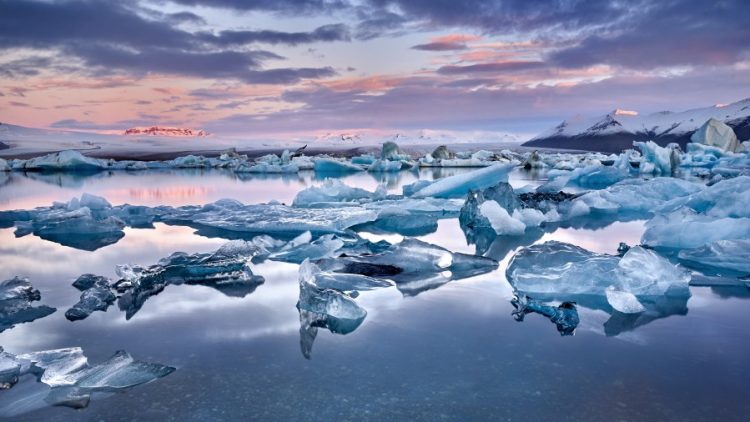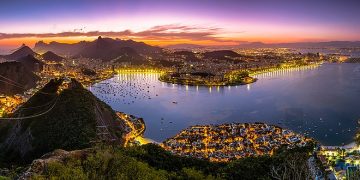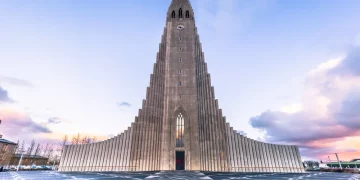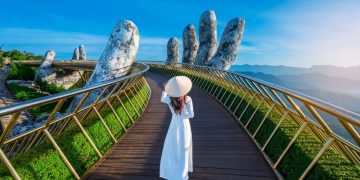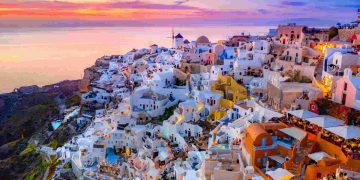Iceland, a land where fire and ice collide in the most dramatic and awe-inspiring ways, offers some of the world’s most stunning natural landscapes. Among its most captivating features are the waterfalls and volcanoes that dominate its terrain. These natural wonders create an atmosphere that is both serene and powerful, transporting visitors into an otherworldly experience. With its extreme weather, rugged topography, and geothermal activity, Iceland offers a front-row seat to some of nature’s most breathtaking spectacles.
In this article, we will explore why Iceland’s waterfalls and volcanoes are so awe-inspiring, delving into their geological origins, the sheer power they exude, and the remarkable beauty they offer to those who venture into the island’s wild landscapes.
1. The Geological Forces Behind Iceland’s Waterfalls and Volcanoes
Iceland is a land of constant geological activity. It sits on top of the Mid-Atlantic Ridge, where the North American and Eurasian tectonic plates meet. This creates an area of intense volcanic activity that has shaped the island’s topography over millions of years. The resulting volcanic eruptions and the melting of glaciers have created dramatic landscapes of cascading waterfalls, craggy cliffs, and fiery mountains.
Volcanic Origins:
Iceland’s volcanoes are the result of magma from the Earth’s mantle being forced upwards through the crust along the tectonic plates’ boundaries. The island has around 30 active volcanoes, and eruptions are a regular occurrence. These eruptions not only create new landforms but also shape the surrounding landscapes, including the rivers, valleys, and lakes that provide the perfect conditions for Iceland’s stunning waterfalls.
Glacial Influence:
Iceland’s glaciers, such as Vatnajökull (Europe’s largest glacier) and Langjökull, play a key role in forming the island’s waterfalls. As glaciers melt, vast quantities of water flow downhill, creating powerful torrents that cascade over cliffs and valleys. Many of Iceland’s most famous waterfalls, like Gullfoss and Skogafoss, originate from glacial meltwater, contributing to their impressive size and force.
2. The Power and Beauty of Iceland’s Waterfalls
Iceland’s waterfalls are some of the most beautiful and powerful in the world. The country’s unique blend of volcanic terrain, glacial runoff, and coastal winds results in waterfalls that are not just visually striking but also carry a sense of raw power. Visitors are drawn to the sight and sound of these spectacular falls, which vary in form—from delicate, multi-tiered cascades to dramatic, thunderous plunges.
Gullfoss: The Golden Waterfall
Gullfoss, or the “Golden Falls,” is one of Iceland’s most iconic and powerful waterfalls. Located in the Golden Circle region, it is fed by the Hvítá River, which comes from the Langjökull Glacier. Gullfoss has two stages, where the water drops 32 meters in total, creating a thunderous roar as it plunges into a rugged canyon below. On sunny days, the mist from the waterfall often creates a rainbow, enhancing its visual grandeur and making it a favorite among photographers.
Gullfoss is a place where visitors can experience the immense power of nature up close, standing on platforms that provide spectacular views of the waterfall as it crashes down into the gorge.
Skogafoss: The Majestic Plunge
Skogafoss is another of Iceland’s most famous waterfalls, located in the south of the island. With a width of 25 meters and a drop of 60 meters, Skogafoss is both imposing and beautiful. The waterfall is fed by the Skoga River, which originates from the glaciers of the Eyjafjallajökull volcano. What sets Skogafoss apart is the volume of water that flows over its cliff, creating a heavy mist at the base that forms vivid rainbows when the sun is shining.
Visitors to Skogafoss can climb a staircase to a viewing platform at the top, where they can get a panoramic view of the surrounding landscape, including the flat plains and mountains beyond. For those looking for an even closer experience, it’s possible to stand at the base of the waterfall, where the mist cools the air and the roar of the water is deafening.
Seljalandsfoss: The Walk-Behind Waterfall
Seljalandsfoss, located just a short distance from Skogafoss, is a waterfall with a unique twist—visitors can actually walk behind the waterfall! This creates an entirely different perspective of the fall, as you stand in a cave-like space while the water cascades down in front of you. The waterfall is 60 meters high, and the opportunity to experience it from behind adds an element of adventure to your visit. The surrounding area is also dotted with smaller waterfalls, adding to the charm and appeal of the location.
Dettifoss: Europe’s Most Powerful Waterfall
Dettifoss, located in the northeast of Iceland, is Europe’s most powerful waterfall. It is not as visually tall as other waterfalls like Skogafoss or Gullfoss (it stands at just 44 meters high), but its sheer volume of water makes it incredibly imposing. The water flows at a rate of 193 cubic meters per second, which is staggering in terms of both volume and force. The roar of Dettifoss can be heard from a distance, and the surrounding landscape, with its barren, rugged terrain, makes it feel as if you’ve entered a remote and uninhabited world.
3. Iceland’s Volcanoes: A Landscape of Fire and Fury
Iceland’s volcanoes are another awe-inspiring feature of the country’s natural beauty. These fiery mountains have had a profound impact on the island’s landscape, both shaping the land and influencing the culture of the people who live there. From explosive eruptions to simmering craters, Iceland’s volcanoes are not only stunning but also a reminder of the immense power of the Earth’s internal forces.
Eyjafjallajökull: The Volcano That Captivated the World
Perhaps the most famous Icelandic volcano in recent history, Eyjafjallajökull erupted in 2010, disrupting air travel across Europe for days. The eruption was spectacular, sending massive ash clouds into the atmosphere, and its dramatic impact on global transportation made it a household name. But beyond the eruption itself, Eyjafjallajökull is a stunningly beautiful volcano, with its ice cap sitting atop the peak and glaciers flowing down the slopes. The surrounding landscape features vast plains and rivers, making it a striking sight to behold.
Visitors to Eyjafjallajökull can explore the nearby Skogafoss waterfall or hike to the volcano’s base to take in the surrounding terrain. The eruption site itself is not directly accessible, but the surrounding areas provide ample opportunities for exploring Iceland’s volcanic landscape.
Hekla: The Gateway to the Underworld
Hekla is one of Iceland’s most active and feared volcanoes. It has erupted over 20 times since the Viking Age and is often referred to as the “Gateway to the Underworld” in Icelandic folklore. Standing at 1,491 meters high, Hekla is easily recognizable due to its conical shape and often snow-covered summit. The volcano has a history of explosive eruptions, and it remains one of the country’s most significant and dangerous geological features.
Despite its violent eruptions, Hekla’s landscape is stunningly beautiful, with lava fields, glacial rivers, and expansive plateaus surrounding the volcano. Hiking to Hekla’s summit offers breathtaking views of the surrounding countryside and a unique look at the forces that shape Iceland’s land.
Krafla: The Geothermal Hotspot
Krafla, located in the northeast of Iceland, is a volcanic area with a geothermal hotspot that has been active for centuries. The Krafla volcano erupted several times between 1975 and 1984, and today, it remains a place of geothermal activity, including hot springs, bubbling mud pots, and fumaroles. The landscape around Krafla is otherworldly, with vibrant colors and a landscape shaped by volcanic eruptions. Visitors can explore the caldera, witness the geothermal power at work, and take in the stunning volcanic views.
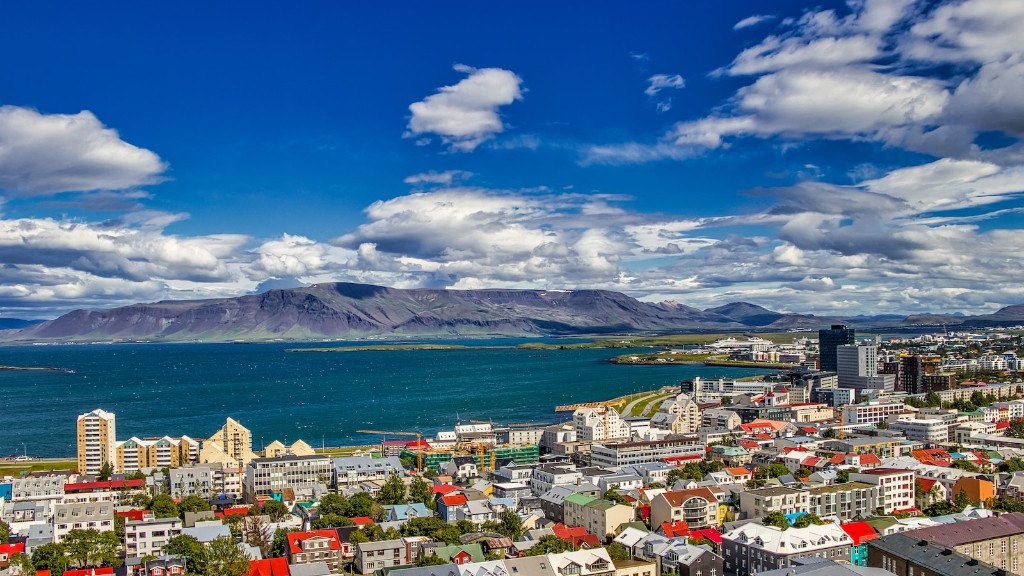
4. The Unforgettable Experience of Iceland’s Volcanoes and Waterfalls
There’s something uniquely captivating about the combination of fire and ice that defines Iceland’s landscape. The sight of towering waterfalls cascading into the ocean or into deep, rocky valleys, combined with the imposing presence of active volcanoes, creates an experience unlike any other in the world.
Nature’s Raw Power:
Iceland’s waterfalls and volcanoes showcase the raw power of nature in its most unfiltered form. The thundering roar of waterfalls like Gullfoss and Dettifoss, coupled with the searing heat and energy of active volcanoes like Eyjafjallajökull, serve as constant reminders of the Earth’s dynamic forces. Visiting these places allows travelers to witness the interplay of fire, water, and ice in its most dramatic form.
Spectacular Landscapes and Adventurous Exploration:
For those who seek adventure and want to witness the incredible forces of nature up close, Iceland’s waterfalls and volcanoes offer endless opportunities for exploration. Whether it’s hiking to the base of a waterfall, walking on a glacier, or exploring volcanic craters, the landscapes of Iceland provide unique and thrilling experiences.
Conclusion: A Land of Incredible Natural Wonders
Iceland’s waterfalls and volcanoes are some of the most powerful and stunning natural landscapes in the world. From the thunderous falls of Gullfoss and Skogafoss to the awe-inspiring volcanic eruptions of Eyjafjallajökull, Iceland’s geological wonders offer an unforgettable experience. These landscapes not only captivate with their beauty but also leave visitors with a profound sense of awe and appreciation for the forces of nature that continue to shape the land.


